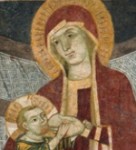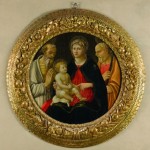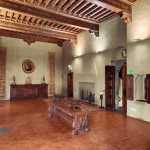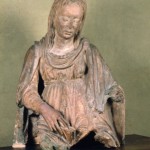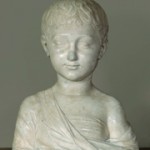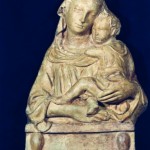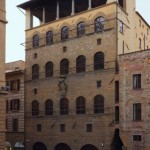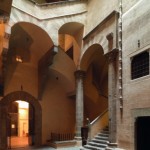A rare and magnificent example of a 14th-century residence in Florence, Palazzo Davanzati represents the transitional period between the medieval tower house and the Renaissance palace. The palace was built around the mid-14th century by the powerful Davizzi family of merchants and bankers, in Via Porta Rossa where resided such wealthy Florentine families as the Bartolinis, the Foresis, the Monaldis, and the Davanzatis themselves, who would later become the palace’s owners.
In 1516, the Bartolini family bought the palace and had it modernized. In 1578, Bernardo di Anton Francesco Davanzati bought the palace. The new owners lived there for about two centuries and had a 16th-century coat-of-arms with the family’s armorial bearings placed on the palace’s imposing façade. Since that time, it has always been known as Palazzo Davanzati.
The building’s strong vertical thrust indicates that it incorporated at least two tower-houses as well as other of the Davizzi family’s properties. Consisting of three floors surmounted by a covered roof-terrace, the important façade has a rusticated ground floor with three large segmental-arch openings, at one time without doors, which opened directly on to the street.


